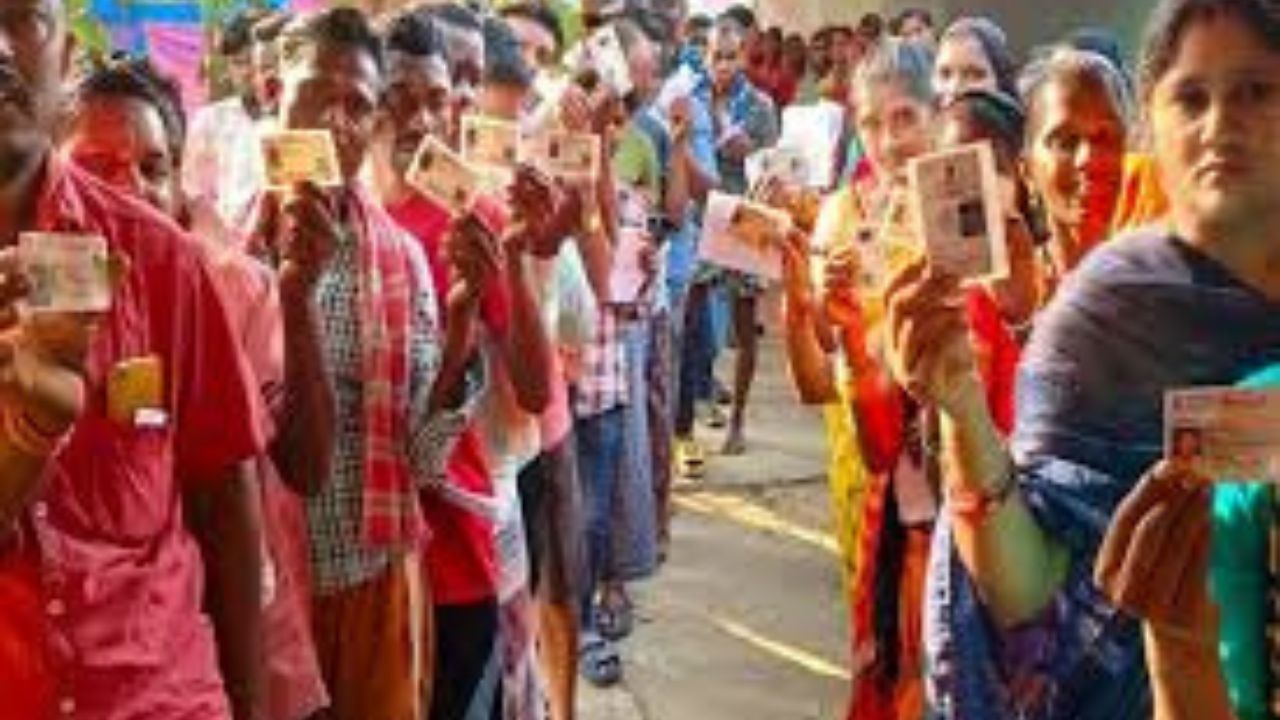 English
English

Candidates have been fielded in the region based on caste equations. Despite this, there is no certainty that they have been able to woo voters from their own castes. Elections in Mithila have long been fought on caste lines.

Representational Image
Darbhanga: To ensure success in the assembly elections, all political parties are working to fine-tune the caste equations. They are trying to attract leaders with influence over various castes. Under the guise of campaigning, parties are sending star campaigners from their respective castes to caste-dominated assembly constituencies, hoping to woo the influential castes and ensure victory for their party candidates.
To this end, every effort is being made to woo different castes, employing all sorts of tactics. However, candidates have been fielded in the region based on caste equations. Despite this, there is no certainty that they have been able to woo voters from their own castes. Elections in Mithila have long been fought on caste lines.
For this reason, when selecting candidates, various political parties in a particular region have been paying special attention to the predominance of a particular caste in that region. The Benipur assembly constituency in Darbhanga has a large Brahmin voter population, so in 2015, Gopalji Thakur from the BJP and Sunil Kumar Chaudhary from the JDU were fielded.
In 2020, Vinay Kumar Chaudhary of the JDU defeated Mithilesh Kumar Chaudhary of the Congress. These two rivals are in the fray this time as well. Interestingly, independent candidate Awadhesh Kumar Jha, who created a triangular contest between the two strong Brahmin candidates, also belongs to the same community. Both the Grand Alliance and the NDA have sent star campaigners to campaign for their respective candidates in this area, mostly from the same community.
In the neighboring Alinagar assembly constituency, the Brahmin community has a significant voter base. Keeping this in mind, the NDA has nominated Maithili Thakur, the Grand Alliance has nominated Vinod Mishra, and Jan Suraj has nominated Viplav Jha. Now, which candidate's community will support the candidate?
To resolve this issue, a team of star campaigners from the same community is being deployed in the area. How many voters of their caste will they mobilize in support of their candidate, or how much influence their words will have on the voters, will be known only after the elections. However, no alliance or party is lagging behind in solving the problem of caste arithmetic.
A similar game of caste arithmetic is being witnessed in the Jale assembly constituency, where the NDA has fielded cabinet minister Jivesh Kumar for the third time, while the Grand Alliance has fielded former MLA Rishi Mishra, who had joined the Congress from the RJD. In the 2005 and 2010 assembly elections, development, rather than the caste card, was seen as the main issue.
The people of Mithila have now risen above caste sentiments, but as 2025 approaches, all parties are again focusing on caste-based alignment. In the last assembly elections, the NDA won nine of the district's 10 assembly seats. However, this time, prominent candidates are facing the whirlwind of caste arithmetic.